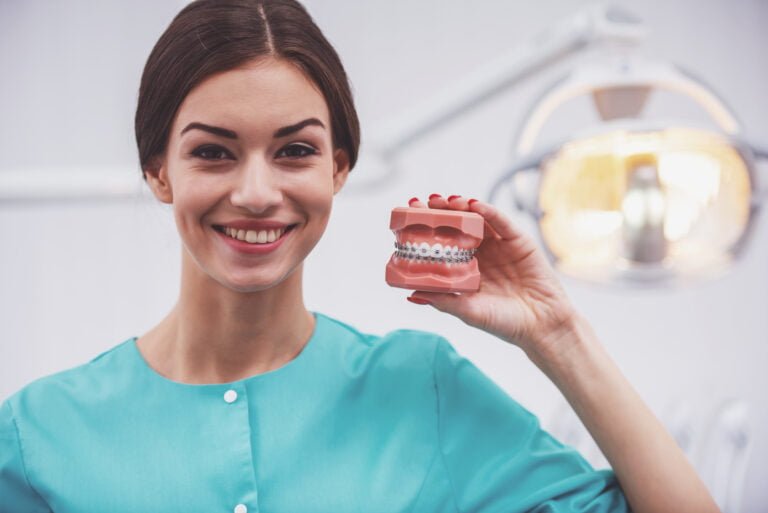
Ever wished you could light up a room with a confident smile? At Archident Dental Clinic in Old Klang Road, a leading dental care provider in Kuala Lumpur, we understand the transformative power of a smile. We offer a variety of orthodontic treatments, including braces, to help you achieve your dream smile. This guide explores the different types of braces available in Malaysia, so you can make informed decisions about your orthodontic journey.
Braces are no longer just for teenagers! Today, more and more adults in Malaysia are opting for braces to improve their smiles and oral health. Braces work by gently applying pressure to move teeth into their ideal positions, correcting misalignment, gaps, and overbites. Consulting with a qualified orthodontist is crucial to determine the best course of treatment for your unique needs.
The world of braces offers various options to suit your aesthetic preferences and budget. Here’s a closer look at some popular types of braces based on the material used:
Beyond the material, braces can also be categorised by their mechanism for applying pressure to your teeth. Here’s a breakdown of the two main types:
These braces use elastics or metal ties (ligatures) to hold the wire in place. They are a reliable and proven option for orthodontic treatment. While conventional braces are affordable and effective, the elastics can be more visible, and adjustments might be needed more frequently.
This innovative type of braces uses a built-in locking mechanism within the brackets to hold the wire, eliminating the need for elastics. This can lead to several potential benefits, including:
However, when considering conventional braces vs self-ligating, the latter may be more expensive than conventional braces.
Damon braces are a specific type of self-ligating braces that utilise a unique technology developed by the Damon Company. Here’s what sets Damon braces apart:
It’s important to note that Damon braces are not necessarily the only option for self-ligating braces. There are other manufacturers that offer similar technologies with slight variations. Our orthodontist can advise you on the best type of braces for your specific needs and preferences, considering factors like material, desired aesthetics, and budget.
The cost of braces in Malaysia at Archident Dental Clinic varies based on the type—metal, ceramic, or self-ligating—and the complexity of the case. Each choice reflects the materials and technology used. More complex cases may require additional resources, affecting the cost. For a personalised estimate, schedule a consultation with us. We’ll explore the options to ensure the best fit for your smile.
At Archident Dental Clinic, our experienced and skilled orthodontists offer a variety of braces, including conventional braces, self-ligating braces, and even Damon braces. We recommend these options because they provide effective and comfortable solutions for achieving a beautiful smile. However, during your initial consultation, our dentists will carefully assess your needs and recommend the most suitable type of braces for your unique situation.
We’ve explored the different types of braces available in Malaysia, from traditional metal to innovative self-ligating braces. Understanding the cost of braces in Malaysia is crucial, and we’re here to guide you. It’s time to move forward with confidence towards achieving your ideal smile. Reach out to Archident Dental Clinic in Old Klang Road, Kuala Lumpur to book a consultation with our approachable orthodontists. Let’s embark on this journey together for a healthier, happier smile.